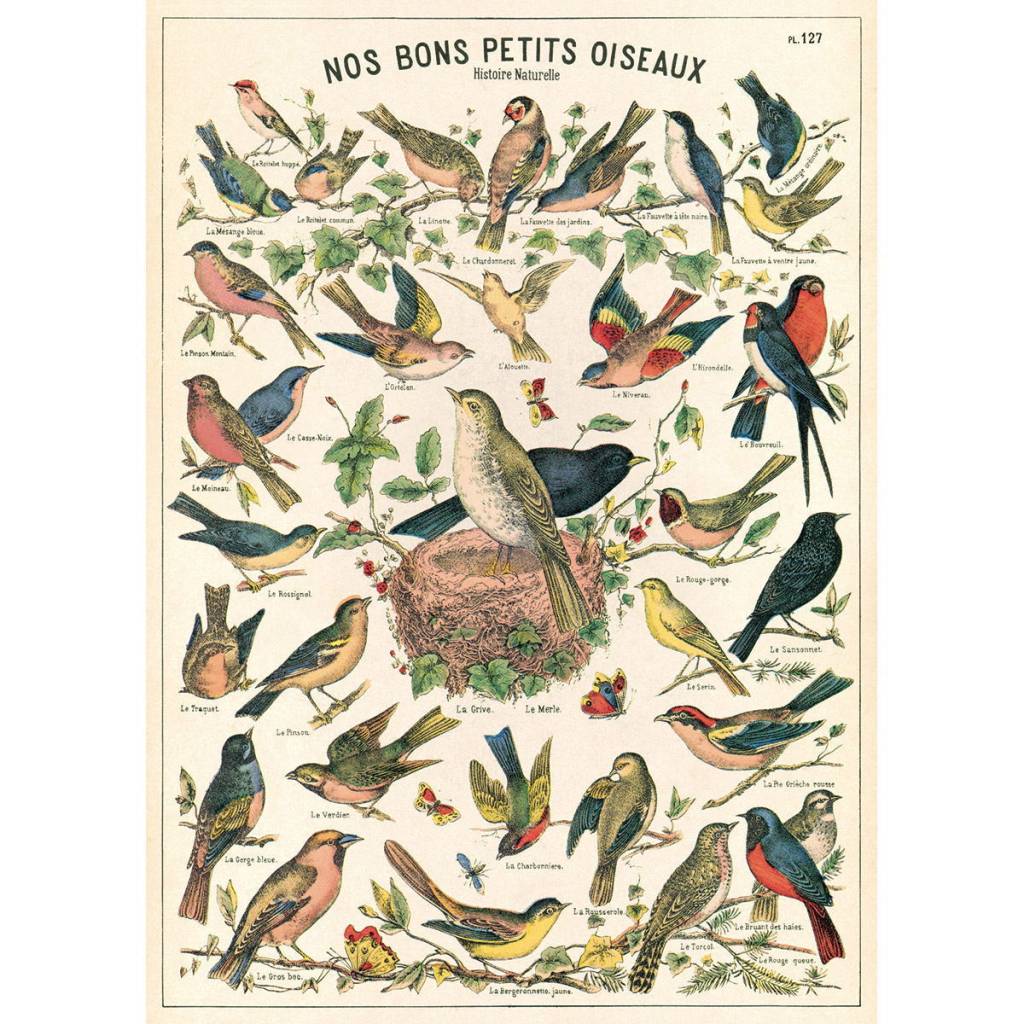À la manière d'une incantation

Bird songs and mantras share a non-semantic realm that extends beyond language and dates back to pre-recorded time. Both are often placed in a ritual setting and share certain structural properties, as well as a lack of absolute purpose. Even though language is sometimes introduced in mantras, the words lose their inherent meaning through the repetitive nature of the ritual in which the mantra is employed. And where bird songs are often compared to language and linked to different survival instincts within the ornithological kingdom, research has also shown that bird songs cannot be simply explained in functionalist, utilitarian, or pragmatic terms, and that birds often seem to sing simply because they like to. Olivier Messiaen recognised these common grounds when he described the call of the Song Thrush as “à la manière d’une incantation”. Messiaen famously translated bird songs to his compositions, thus exposing a connection to the ‘language’ of music, which shares the same ancient, inexplicably captivating realm with mantras and bird songs.
For this project Sebastiaan works together with pianist Andrea Vasi and composer/electronic musician Nicholas Moroz, who wrote the central piece of the programme, Her still singing limbs for trombone and live electronics. In this piece Moroz also used birdsong - the call of the Slate-coloured Solitaire in particular - to construct the electronic part of the composition and the melodic gestures in the trombone part. The trombone is fitted with an iPhone that sends compass data to the computer, allowing the trombonist to move sounds across the loudspeakers in real time. Using live time stretching, the echoes of the electronics envelop the trombone and audience in an antiphony of warped echoes, feedback, and resonances.
The programme also contains pieces of Messiaen and Scelsi, transporting the listener to a completely different world - a ritualesque performance celebrating the unlikely combination of trombone and bird song.
